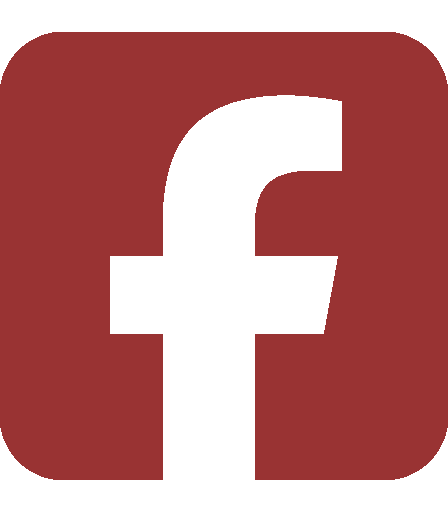MIT holds Life Sciences and Health Collaborative launch event on Dec. 4
MIT HEALS to foster interdisciplinary collaboration in the life sciences
On Wednesday Dec. 4, the Institute held the MIT Life Sciences and Health Collaborative launch event in Kresge Auditorium. Abbreviated as MIT HEALS, the full-day event comprised faculty presentations across various disciplines in the life sciences, a mid-day breakout session, and a panel discussion about university-industry-hospital collaboration in the future. The event concluded with a poster session where MIT students and postdocs showcased their research.
The launch began with opening remarks from President Kornbluth. In her speech, Kornbluth outlined the goals of MIT HEALS. One goal of the initiative is to foster collaboration across different domains for life science research, citing AI and economics as examples. Besides promoting collaboration within MIT, the initiative aims to strengthen the Institute’s relationships with neighboring hospitals and biopharmaceutical companies. The other priorities of MIT HEALS include cultivating talent for the life sciences at MIT and providing additional funding for MIT life science research projects.
“Overall, MIT HEALS is an opportunity to make our work—as individuals and institutions—collectively add up more than the sum of our parts,” Kornbluth stated. “And I believe this effort could not be more timely or more important.”
In order to achieve its objectives, MIT HEALS plans to launch many programs that will build talent and nurture cross-functional collaboration. To support graduate students in the life sciences, Flagship Pioneering CEO Noubar Afeyan PhD ’87 will provide additional graduate fellowships under MIT HEALS. For postdoctoral scholars, the Biswas Family Foundation will fund the MIT Health and Life Sciences Collaborative Fellows Program, a competitive four-year program that will allow postdoctoral scholars to address problems in health and medicine.
Additionally, the Charles H. Hood Foundation will help establish the Hood Pediatric Innovation Hub to further advance pediatric research, a program that will be led by Prof. Elazer Edelman ’78. Analog Devices, which was founded by Ray Stata '57, SM '58, will help start the MIT-MGB Seed Program, an initiative that aims to bring MIT and the Mass General Brigham (MGB) system together for collaboration in clinical research.
After Kornbluth’s speech, Dean of Science Nergis Mavalvala opened the keynote by expressing her optimism for the launch of MIT HEALS. Following Mavalvala’s introduction was a keynote speech by Prof. Phillip Sharp, Institute Professor and Professor Emeritus who won the 1993 Nobel Prize in Physiology or Medicine. In the keynote speech, Sharp presented a condensed timeline of MIT’s role in advancing the life sciences in the last 50 years, starting with the founding of MIT’s Center for Cancer Research in 1974 to Kendall Square’s biotech hub in the modern day. “I am terribly excited about what MIT HEALS means for MIT and for the country,” Sharp said.
The morning proceeded with talks from professors that were divided into three themes: revolutions, expansion, and systems. After Victory Yinka-Banjo’s ’25 spoken word performance titled “Systems,” the event transitioned to live breakouts that were split into four groups: biosphere, brains, healthcare, and immunology. In each breakout session, MIT faculty members presented their research and then held a Q&A session for participants.
Fiona Li ’28, a prospective Course 6-7 major and Course 12 minor, attended the biosphere breakout. “I really enjoyed it because the biosphere is not really something that is big in MIT Biology,” Li said. “I liked that they included this because the event was more focused on health and life sciences, but it [the environment] is important.”
Grace Zhang ’25, a Course 18-C major, attended the healthcare breakout. Zhang also presented at the poster session about quantifying the relationship between healthcare spending and quality of life in the U.S. Her research supervisor is Prof. Joe Doyle, an MIT Sloan faculty member who discussed his healthcare economics research at the breakout. “It was inspiring to see how much impactful research he was doing,” Zhang said. “I thought it was really interesting that he was testing out these different solutions and seeing if they actually worked.”
The afternoon session continued with talks about the intersection of the life sciences with other areas, including entrepreneurship and AI. The launch closed off with a panel discussion moderated by Noubar Afeyan about the importance of bolstering MIT’s partnerships with nearby hospitals and biotech companies. “You can’t do that by yourself. You can’t do that only with a grant,” Mass General Brigham President and CEO Anne Klibanski said. “If you really want to impact human health, you have to think more broadly, and I would say complete the circle.”
The MIT HEALS launch concluded with a poster session at Kresge Tent. 111 undergrad students, PhD students, and postdocs presented their research that covered a wide range of topics, from glycobiology to AI driven protein engineering. The poster topics fell under three broad categories: fundamental discovery, breakthrough synergies, and impacting human health.
One undergrad that presented at the poster session was Lara Ozkan ’25, a member of the Conformable Decoders group in the MIT Media Lab. Her research is on a conformable ultrasound breast patch, a noninvasive device that does early detection of breast cancer, which addresses the limitations of current ultrasound imaging methods. “Going to a clinic to get a mammogram is incredibly uncomfortable,” Ozkan said. “It is a very tough and strenuous process.” The increased accessibility and high impact of the device excites Ozkan. “We’re really excited for the future of this technology to catch breast cancer early and increase survivability.”
Olivia Orlik ’26 at the Grossman Lab does research on a phage defense system. Although phages are viruses that infect bacteria, sometimes the defense systems are present in the phages themselves. Regarding thoughts on the poster session, Orlik enjoyed the event.
“I think it [was] a great opportunity to network and showcase my work,” Orlik said.





